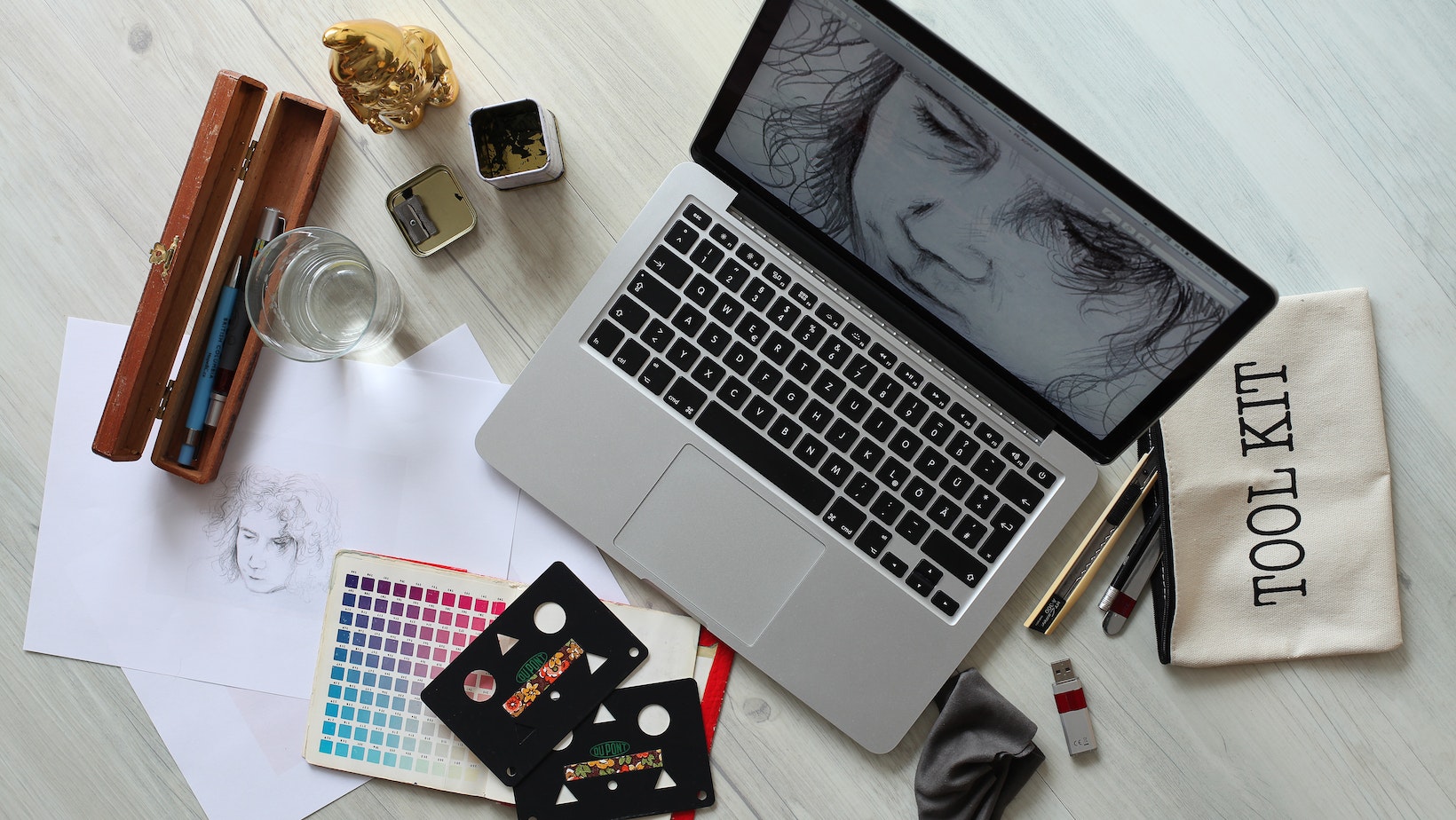Looking to change the layer color in Illustrator? Well, I’m here to help you out! Changing the color of a layer in Adobe Illustrator is a simple process that can make your designs more visually appealing and organized. In just a few steps, you’ll be able to customize your layers with different colors to suit your needs.
Table of Contents
ToggleHow to Change Layer Color in Illustrator
To start, open up your Illustrator project and locate the Layers panel. This panel displays all the layers within your document. Once you’ve found it, select the layer that you want to change the color of by clicking on its name.
Now, take a look at the bottom of the Layers panel where you’ll find a small square icon called “Options.” Click on this icon and a drop-down menu will appear. From there, choose “Layer Options” or “Layer Properties,” depending on which version of Illustrator you’re using.
In the Layer Options or Layer Properties window, you’ll see an option to change the layer color. Click on it and a color picker will pop up, allowing you to choose from a wide range of colors. Simply select your desired color and click “OK” or “Apply” to confirm the changes.

Understanding Layers in Illustrator
Changing the Color of a Layer in Illustrator
One essential aspect of working with layers in Adobe Illustrator is the ability to change their colors. Modifying layer colors can help you organize and visually differentiate various elements within your design, making it easier to navigate and edit your project.
To change the color of a layer in Illustrator, follow these simple steps:
- Open your Illustrator document.
- Go to the “Layers” panel by clicking on “Window” > “Layers.”
- Locate the desired layer that you want to modify.
- Double-click on the small square next to the layer name, which represents its current color.
- A color picker dialog box will appear, allowing you to select a new hue for your layer.
- Choose a new color from either the predefined swatches or use the sliders to create a custom shade.
- Click “OK” once you’re satisfied with your selection.
By changing the color of a layer, you can quickly identify different components of your artwork, such as background elements, foreground objects, or text layers. This visual distinction enhances efficiency when working on complex designs or collaborating with others.
Methods for Modifying Layer Colors in Illustrator
Illustrator provides multiple methods for modifying layer colors according to your preferences and workflow:
- Directly selecting and changing: You can directly select a specific object within a layer using either the Selection Tool (V) or Direct Selection Tool (A) and then apply changes to its fill or stroke color using the Color panel or Swatches panel.
- Applying global swatch: Another way to change layer colors is by applying global swatches. Global swatches allow you to create consistent color schemes throughout your artwork by updating all instances simultaneously whenever you modify their associated swatch.
- Using adjustment layers: Adjustment layers are non-destructive editing tools that let you apply various color modifications to multiple objects or layers simultaneously. By adding an adjustment layer, such as a Color Balance or Hue/Saturation adjustment, you can easily modify the colors of all the underlying elements.
Exploring Different Techniques to Alter Layer Color in Illustrator
While changing layer color is essential for organization and visual clarity, there are additional techniques in Illustrator that can alter layer colors creatively:
- Blending modes: Experimenting with blending modes can yield captivating results by combining layers with different colors. Blending modes provide various ways to interact between layers, allowing you to achieve unique effects and create depth within your artwork.
- Opacity adjustments: Changing the opacity of a layer or specific objects within it can influence the overall color appearance. By reducing opacity, you can create translucent overlays or faded effects that add subtlety and dimension to your design.
- Gradient overlays: Applying gradient overlays on top of layers adds depth and richness to your colors. With Illustrator’s Gradient Tool (G), you can create smooth transitions between multiple hues, resulting in eye-catching gradients that enhance the visual impact of your artwork.
In conclusion, understanding how to change layer color in Adobe Illustrator is crucial for efficient workflow management and visual organization in complex designs. By utilizing various methods like direct selection changes, global swatches, adjustment layers, blending modes, opacity adjustments, and gradient overlays, you have a wide range of options at your disposal when it comes to altering layer colors creatively. So go ahead and explore these techniques to bring life and vibrancy into your Illustrator projects!






